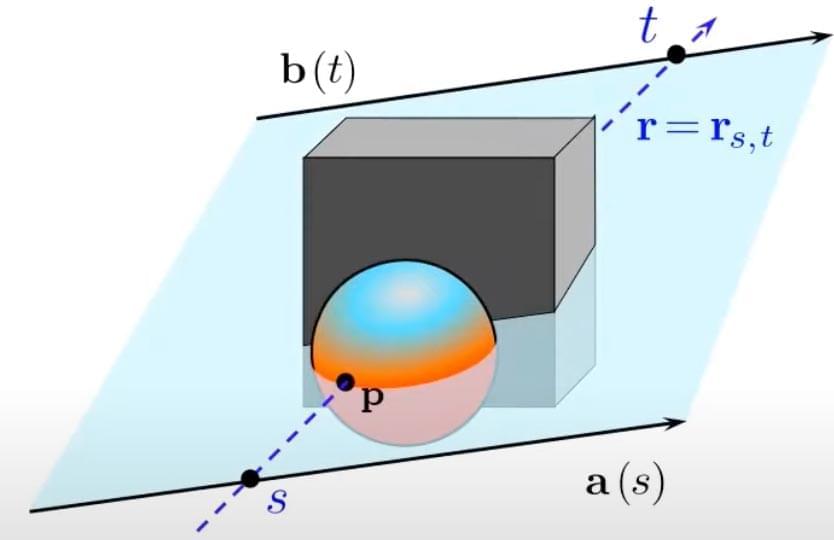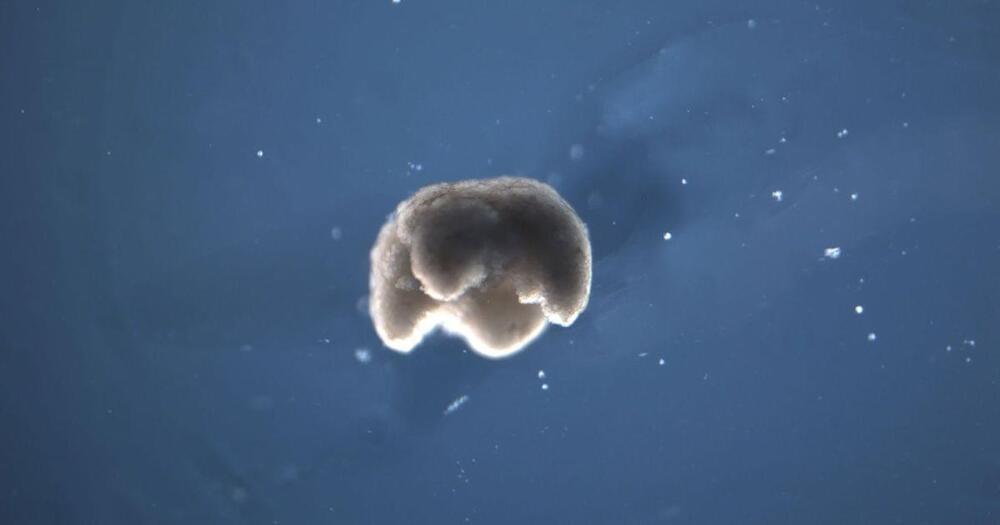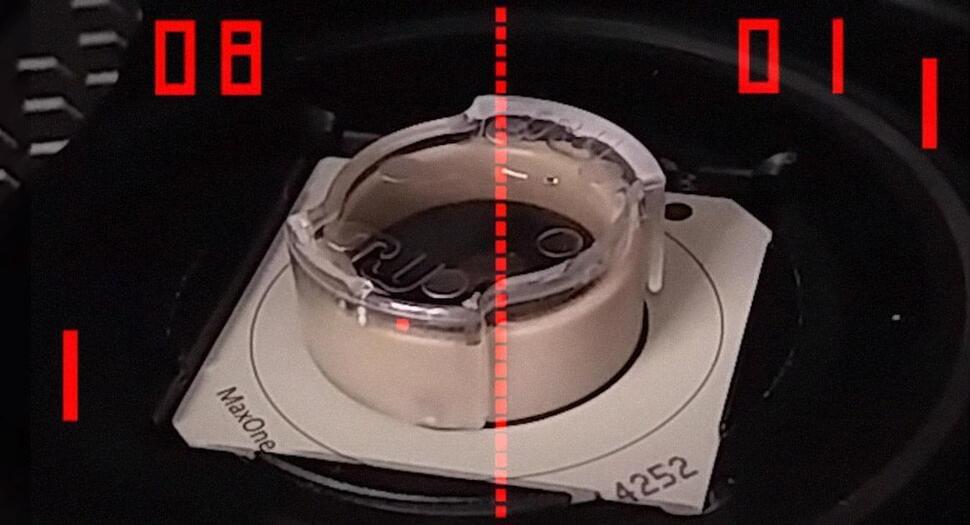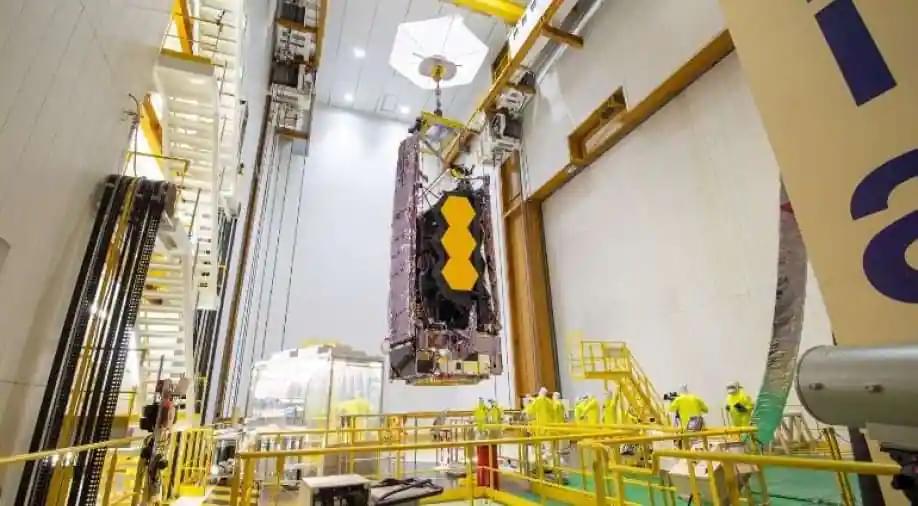The new machine-learning system can generate a 3D scene from an image about 15,000 times faster than other methods. Humans are pretty good at looking at a single two-dimensional image and understanding the full three-dimensional scene that it captures. Artificial intelligence agents are not.
The hunt is on for leptoquarks, particles beyond the limits of the standard model of particle physics —the best description we have so far of the physics that governs the forces of the Universe and its particles. These hypothetical particles could prove useful in explaining experimental and theoretical anomalies observed at particle accelerators such as the Large Hadron Collider (LHC) and could help to unify theories of physics beyond the standard model, if researchers could just spot them.







